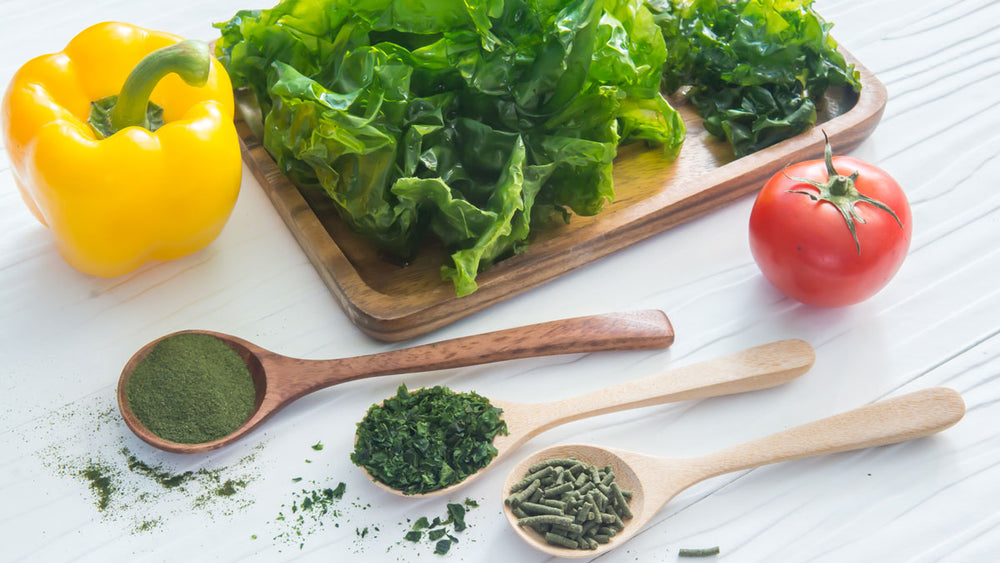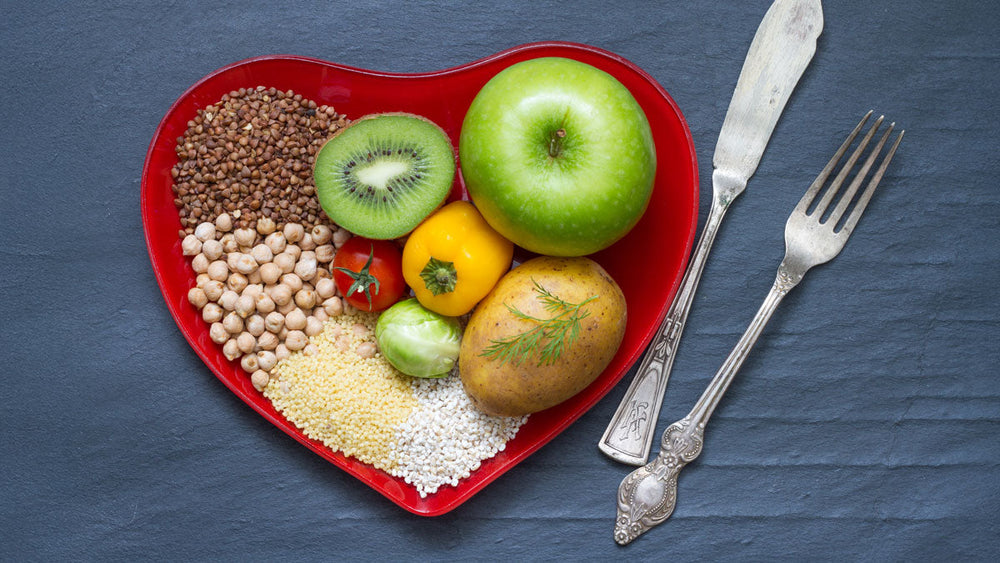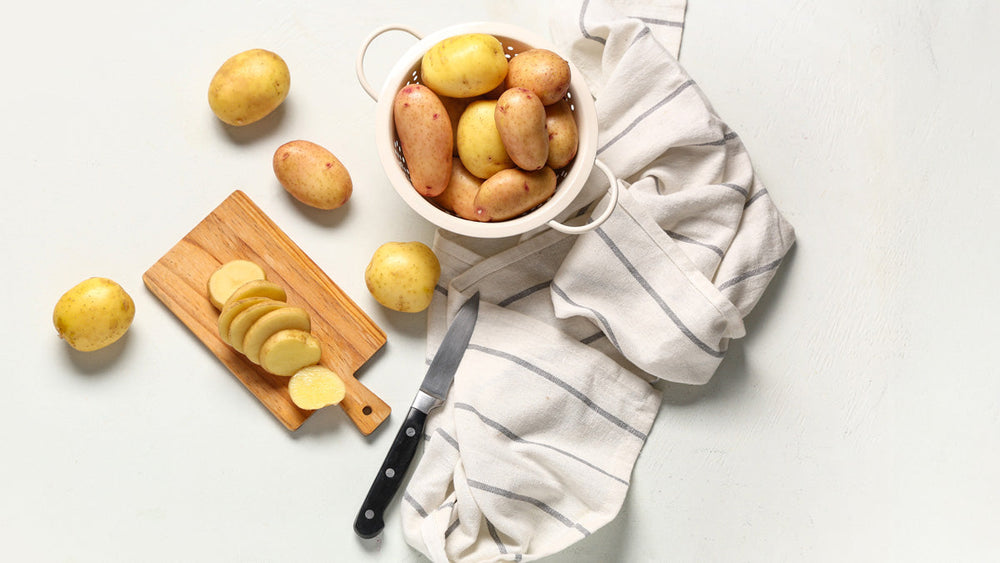At this point you have probably heard talk about something called Functional Foods…
… but no detail as to what these magic morsels are or how you include them? The Academy of Nutrition and Dietetics defines Functional Foods as “Foods defined as whole foods along with fortified, enriched, or enhanced foods that have a potentially beneficial effect on health when consumed as part of a varied diet on a regular basis at effective levels”.
Functional foods are essentially foods that have not been altered by over-processing and hyper-manufacturing and can offer positive health benefits going beyond what is covered by basic nutrition.
Functional foods can be in the form of a macronutrient; complex carbohydrate, lean protein, and healthy fats or micronutrients; vitamins and minerals.
Some fortified foods can also be considered functional foods. Examples are orange juice with calcium, whole grain bread with iron, or milk with vitamin D.
Use caution when choosing fortified foods as they can contain added sugar and excess sodium. Reading the Nutrition Facts Label is always the best idea in order to get the most accurate information on any particular food.
So how does this work for GERD or IBS when trying to follow a healthy dietary pattern?
Great question. What I like to do is cross reference my FODMAP lists. If there is a food I would like to incorporate I check to see which list it is on, high or low FODMAP. You can find very helpful tools at www.katescarlata.com or you can purchase the Monash University FODMAP diet app in your app store.
For GERD you want to avoid anything highly acidic, greasy, or cheesy. You also want to avoid foods that create a low pressure environment for your esophageal sphincter. Examples would be peppermint, chocolate, caffeine, garlic, and onions.
There are Functional foods that are not FODMAP friendly, though they have other health benefits, you still want to avoid these foods as they may trigger an IBS flare-up. Disclaimer: if you have already followed the Low-FODMAP elimination diet and found higher FODMAP foods you can tolerate, then feel free to include those in your eating.
High FODMAP functional foods are:
- Legumes: baked beans, black beans, broad beans, fava beans, kidney beans, lima beans, navy beans, pinto beans, silken tofu, mature soybeans, soy flour, soy milk made with whole soybean, split peas
- Fruit: apples, blackberries, boysenberries, cherries, currants, dates, dried fruit, grapefruit, pear, mango, peach, plum, prunes, watermelon, persimmon
- Vegetables: Artichokes, asparagus, beets (fresh), Brussel sprouts, cauliflower, garlic, leek bulb, mushroom, onion, peas, savoy, cabbage, scallion bulb, shallot, snow peas, sugar snap peas, sun dried tomatoes
- Grains: barley, rye, wheat (Gluten)
- Dairy: soft cheese, ricotta, cottage, cream cheese, cow milk, goat milk, sheep milk, plant based chicory root/inulin products, yogurt
- Nuts/seeds: pistachios, cashews (all others only one handful)
- Protein: only if marinated with garlic and/or onion
- Baking products/condiments/spices/etc: Agave syrup, chicory, root, flour blends (made with gluten or bean), garlic salt/powder, onion salt/powder and honey
- Beverages: Beverages made with cow’s milk, most fruit juices, tea: oolong, chamomile, fennel, strong chai & Kombucha
-Kate Scarlata’s High FODMAP Foods Checklist
Navigating trending terminology can always be tricky, and sometimes terms can be used as a marketing technique. As long as you remain educated on trends and knowledgeable on reading labels you can’t go wrong.
Most importantly you want to know how to figure out the specific foods that work for you in an effort to prevent a flare-up. Food should fuel our bodies and keep us strong and healthy, especially when traversing chronic conditions like GERD and IBS.



















Comments
Join The Conversation...